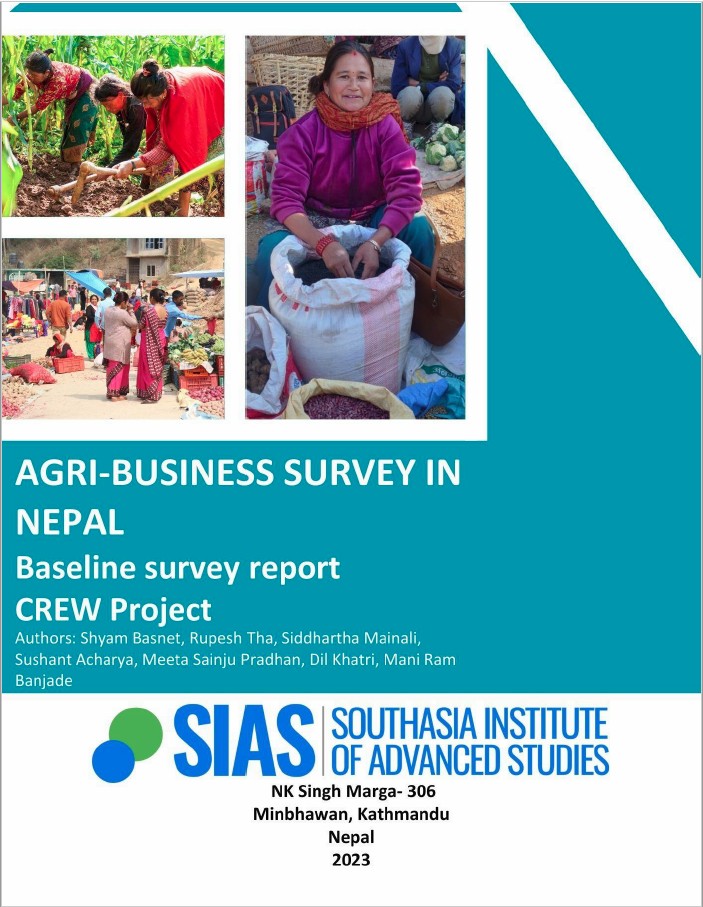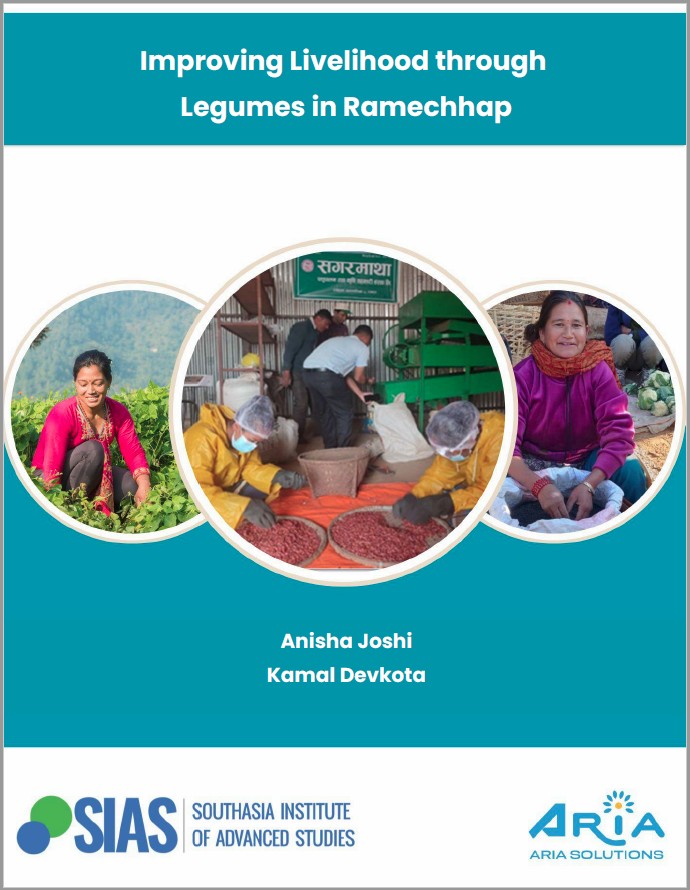Authors: Timsina, N.R. with input from Poudel, D.P., Upadhyaya, R., and Shrestha, A
Publisher: Tomorrow’s Cities
Published online: 27 June 2022
Type: Working paper
Available at: http://dx.doi.org/10.7488/era/722
Abstract:
This report documents and discusses the urbanization trend, spatial transition, major drivers of urban change, and existing institutional mechanisms of urban development in Nepal , one of the top ten fastest urbanizing countries in the world. Particularly, it reflects on the gaps and challenges for urban governance in Nepal and focuses on Kathmandu Valley, the “hub” of urbanization in Nepal. The urban population growth rate in Nepal almost doubled from 3.6% in 1991 to 6.5% in 2001, and the number of urban centers increased from 58 in 2013 to 293 in 2017. The review shows the transition of Nepal from predominantly rural to an emerging urban economy is primarily the result of the governmental decisions that merged rural administrative units and designated them as municipalities, administratively the urban units of Nepal. Rural to urban migration is another important factor driving urban growth in Nepal. Unplanned land use, shrinking open spaces, haphazard construction, and poor services have become major urban features of Nepal, which resemble the growth of Kathmandu Valley.
Kathmandu Valley, with an estimated population of 2.54 million, is growing at 6.5% per year, indicating one of the fastest-growing metropolitan areas in South Asia. Haphazard and unplanned urbanization of the valley have degraded the urban environment, increased urban poverty, and exposed the growing urban population to multi-hazard risk. Aiming to balance urban development, develop disaster-resilient cities and enhance urban resilience, the government has formulated the urban development strategy and declared new programs for the development of emerging urban centers and “smart” cities in the valley. However, such centrallyplanned infrastructure development activities lack coordination and contradict the formal policy intentions, and are facing resistances in some places, rendering their implementation uncertain. The majority of the urban population lacks resiliency and the government lacks institutional and financial capacities and coordination crucial for undertaking inclusive, equitable, and resilient urban development. The current constitutional provision that restrains the government from imposing any kind of restriction on the use of private property has come up as an additional impediment to urban governance in Nepal and thus making urban areas increasingly disasterprone and the urban population, primarily the urban poor, vulnerable to multiple hazards. Kathmandu Valley has become an evidence of these processes and their ramifications. The report has concluded by providing key insights that can be useful in making tomorrow’s cities inclusive, equitable, and resilient.







